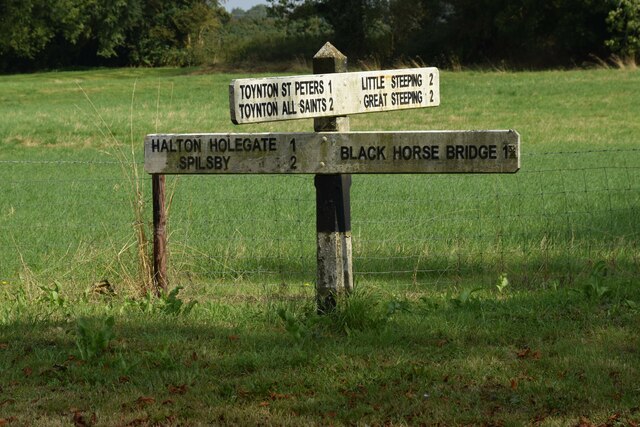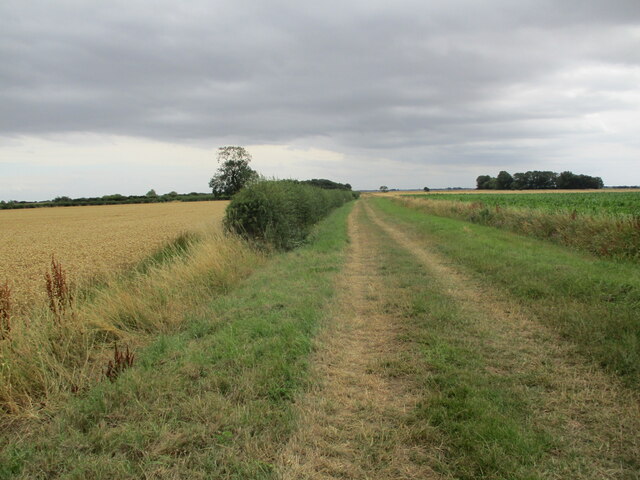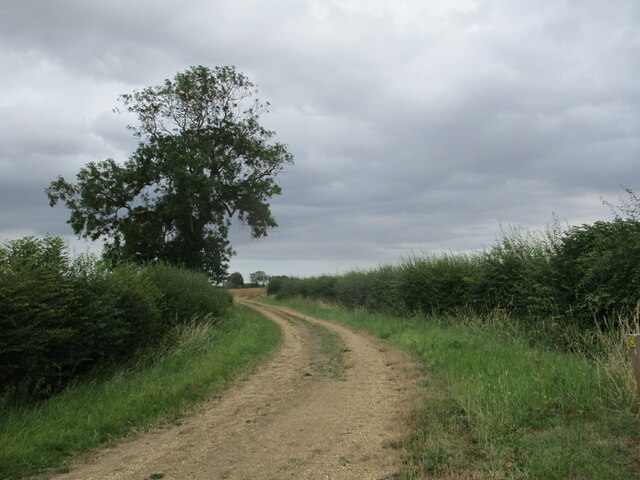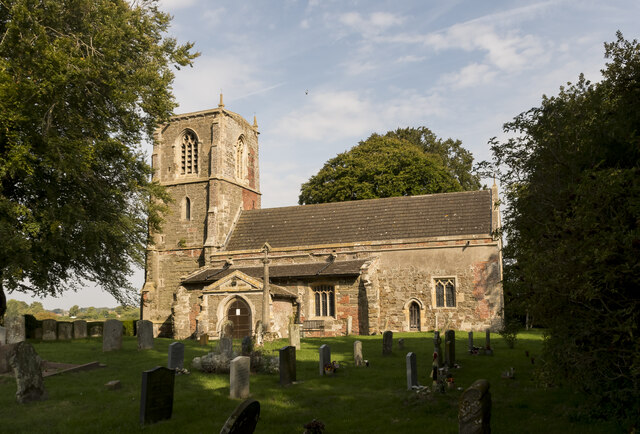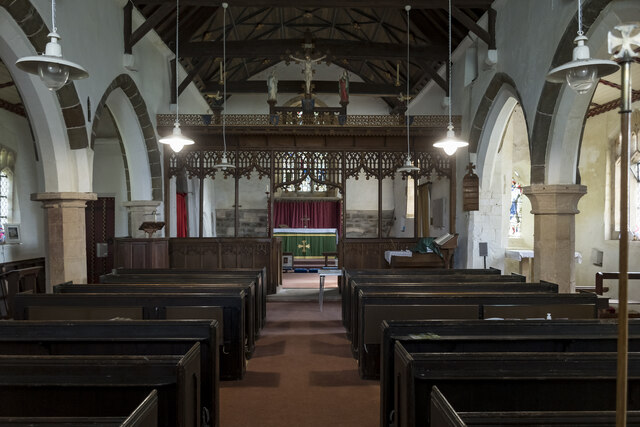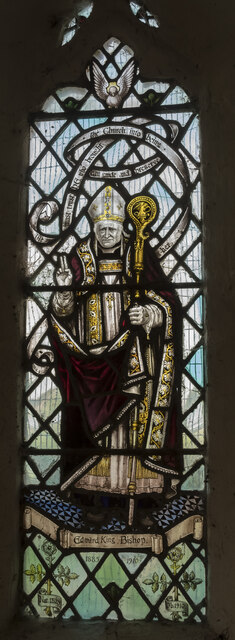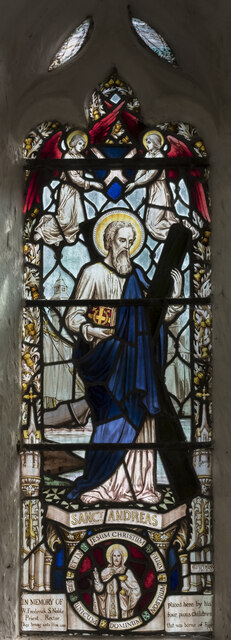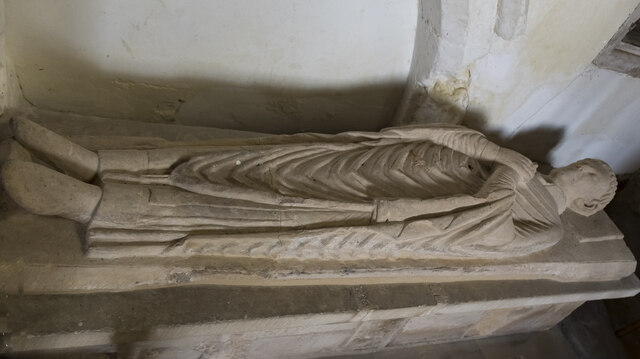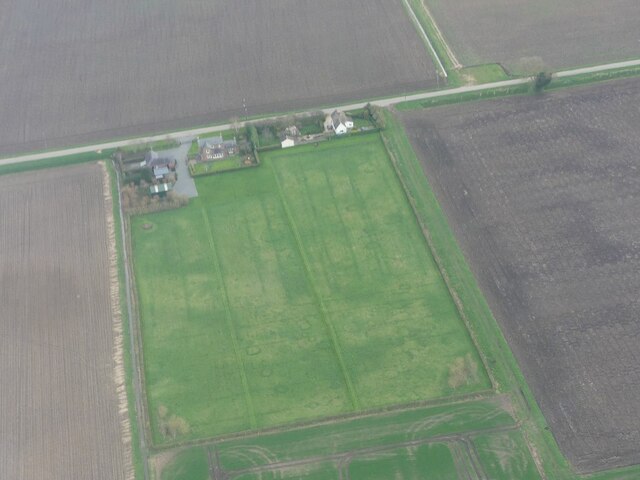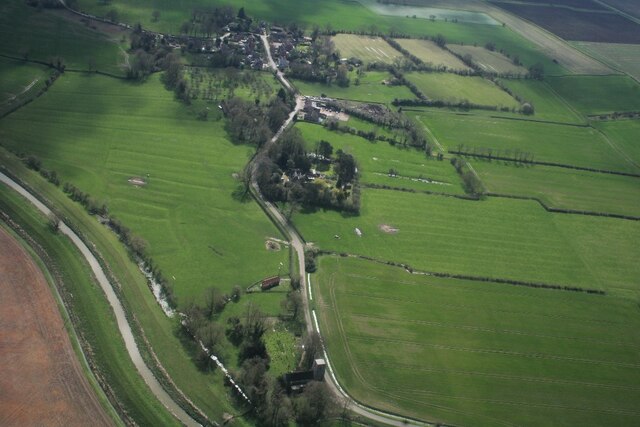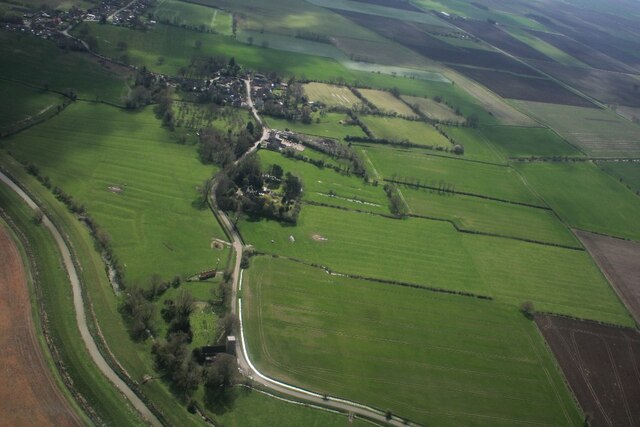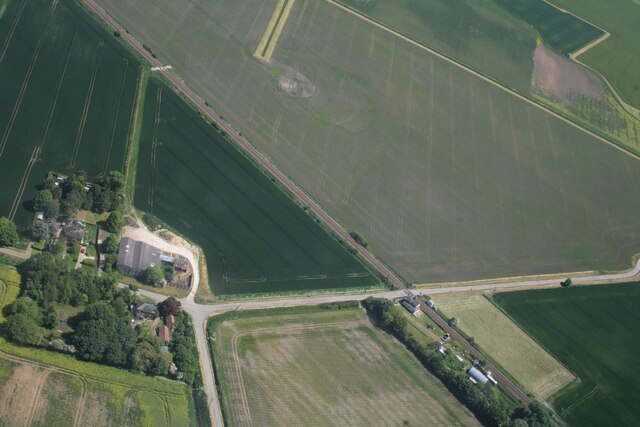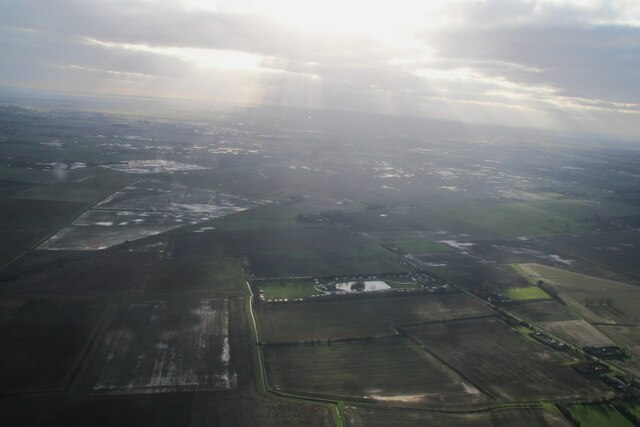Halton Holegate Fen
Downs, Moorland in Lincolnshire East Lindsey
England
Halton Holegate Fen
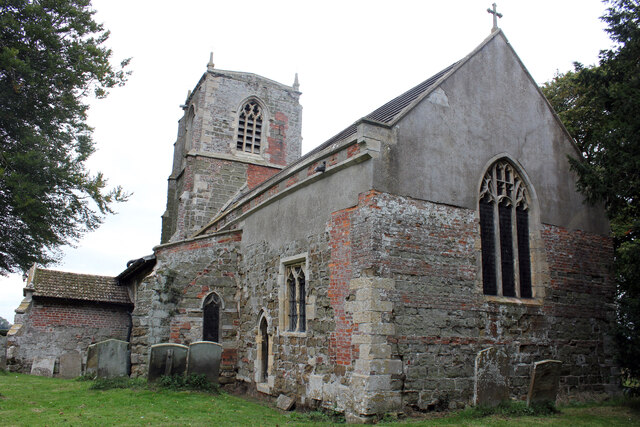
Halton Holegate Fen is a remarkable area of natural beauty located in Lincolnshire, England. Situated in the county's Downs and Moorland region, this fen is known for its unique landscape and diverse wildlife.
Covering an area of approximately 1,500 acres, Halton Holegate Fen is characterized by its low-lying, marshy terrain. The fen is predominantly made up of wet grassland, reed beds, and open water, creating a habitat that is ideal for a wide range of plant and animal species.
The fen is home to a variety of plant life, including rare and protected species such as fen orchids, marsh marigolds, and yellow flag iris. These colorful flowers add a vibrant touch to the fen's already picturesque landscape.
The diverse range of wildlife found in Halton Holegate Fen is equally impressive. The area is a haven for birdwatchers, with over 200 species of birds recorded in the fen. Visitors may spot wading birds such as lapwings and redshanks, as well as raptors like marsh harriers and owls. The fen is also home to mammals such as water voles and otters, which can occasionally be seen swimming in the waterways.
Halton Holegate Fen is a popular destination for nature lovers and outdoor enthusiasts. The fen offers several walking trails and bird hides, allowing visitors to explore and observe the area's natural wonders at their own pace. In addition, the fen is managed by conservation organizations to ensure the preservation of its delicate ecosystem for future generations to enjoy.
If you have any feedback on the listing, please let us know in the comments section below.
Halton Holegate Fen Images
Images are sourced within 2km of 53.134874/0.12635852 or Grid Reference TF4261. Thanks to Geograph Open Source API. All images are credited.

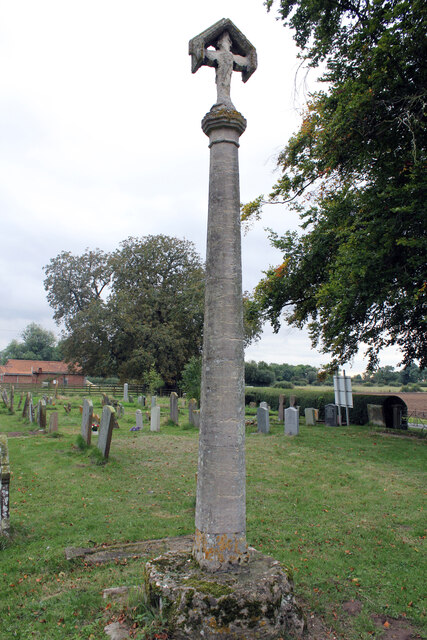
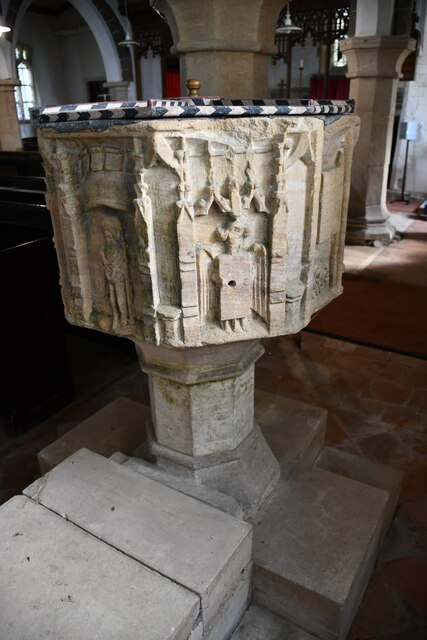
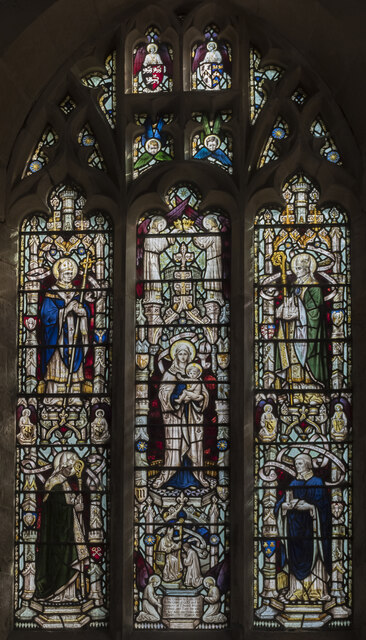
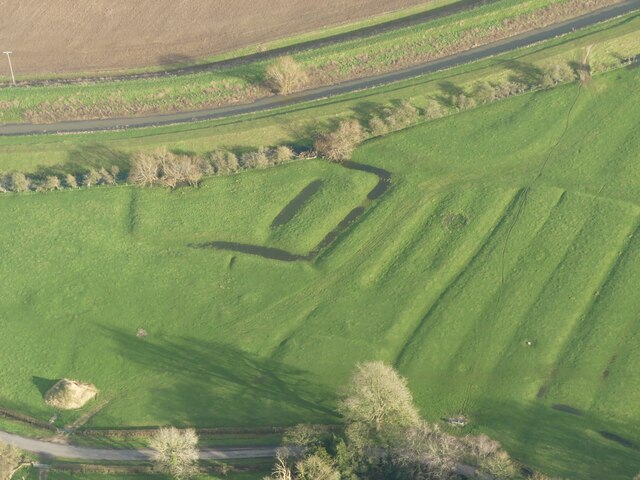
Halton Holegate Fen is located at Grid Ref: TF4261 (Lat: 53.134874, Lng: 0.12635852)
Administrative County: Lincolnshire
District: East Lindsey
Police Authority: Lincolnshire
What 3 Words
///gums.petty.inflating. Near Spilsby, Lincolnshire
Nearby Locations
Related Wikis
Little Steeping railway station
Little Steeping was a railway station on the East Lincolnshire Railway which served the hamlet of Little Steeping in Lincolnshire between 1848 and 1964...
Little Steeping
Little Steeping is a village and civil parish in the East Lindsey district of Lincolnshire, England, about 3 miles (5 km) south-east from the town of Spilsby...
Toynton St Peter
Toynton St Peter is a village and civil parish in the East Lindsey district of Lincolnshire, England, approximately 2 miles (3 km) south from the town...
Old All Saints Church, Great Steeping
Old All Saints Church is a redundant Anglican church in the village of Great Steeping, Lincolnshire, England. It is recorded in the National Heritage...
Nearby Amenities
Located within 500m of 53.134874,0.12635852Have you been to Halton Holegate Fen?
Leave your review of Halton Holegate Fen below (or comments, questions and feedback).
